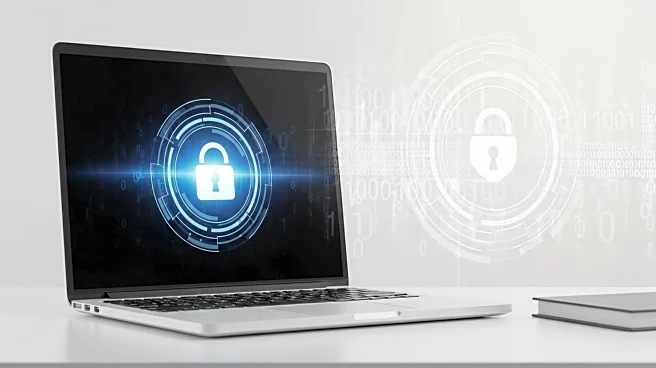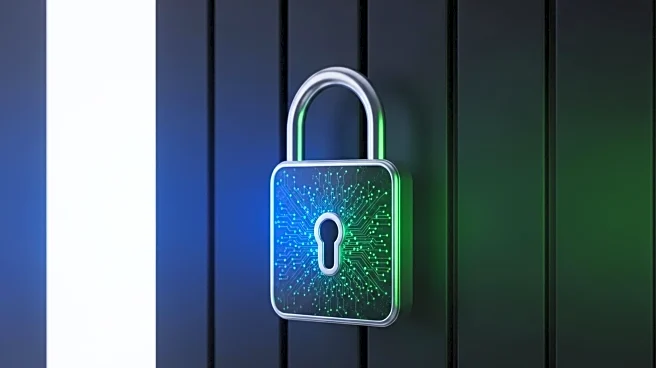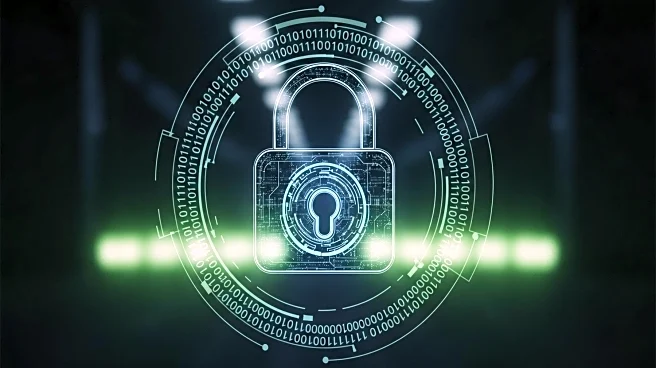What's Happening?
GitHub, owned by Microsoft, is implementing new security measures for its node package manager (npm) following a recent attack by the Shai-Hulud worm. The attack highlighted vulnerabilities in the npm ecosystem, prompting GitHub to introduce a roadmap aimed at securing package publication. Key changes include mandatory two-factor authentication (2FA) for local publishing and the introduction of granular tokens, which allow developers to restrict access to specific packages and scopes. Additionally, GitHub is adopting the Trusted Publishing authentication method from the Python Software Foundation, which removes API tokens from application build pipelines. This method uses the OpenID Connect Standard and is built on Open Authentication 2.0. The changes are designed to prevent supply chain attacks, which have previously compromised popular npm packages with malicious code.
Why It's Important?
The security enhancements by GitHub are crucial in safeguarding the open-source ecosystem, which is increasingly targeted by cyberattacks. By strengthening npm's security, GitHub aims to protect developers and users from potential threats that could lead to significant data breaches or financial losses, such as cryptocurrency theft. The introduction of more secure authentication methods and the deprecation of legacy tokens are expected to reduce the risk of adversary-in-the-middle attacks. These measures are vital for maintaining trust in open-source platforms, which are integral to many software development processes. The changes also reflect a broader industry trend towards enhancing cybersecurity in response to growing threats.
What's Next?
GitHub plans to roll out these security changes gradually, providing developers with documentation, migration guides, and support channels. The transition to more secure authentication methods may require developers to update their workflows, but it is expected to enhance overall security. As the changes are implemented, GitHub will likely monitor their effectiveness and make further adjustments as needed. The broader open-source community may also adopt similar security measures, leading to a more secure software development environment.










